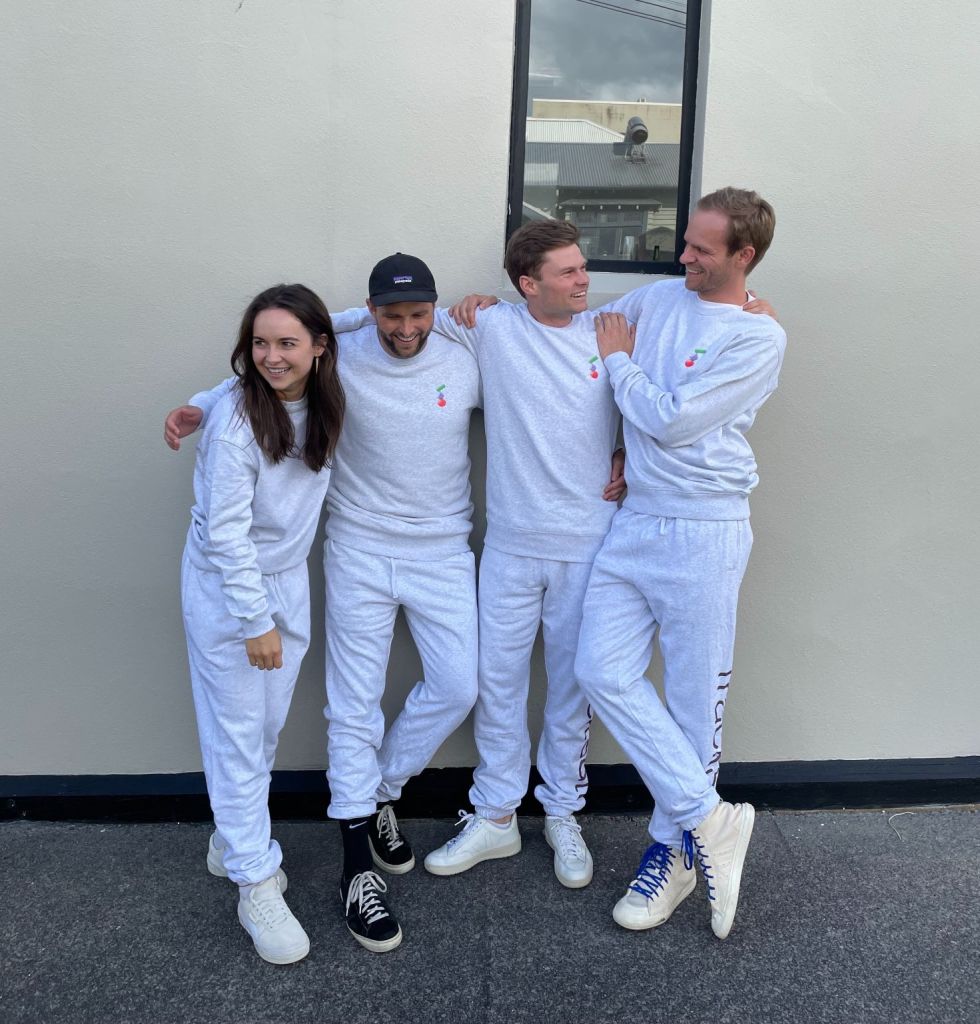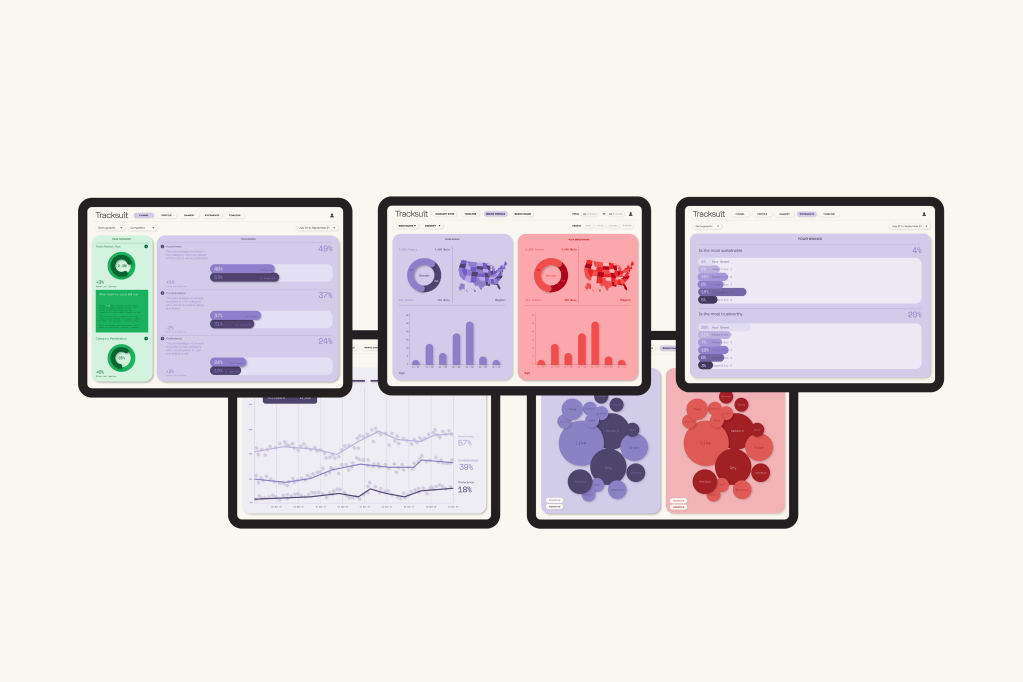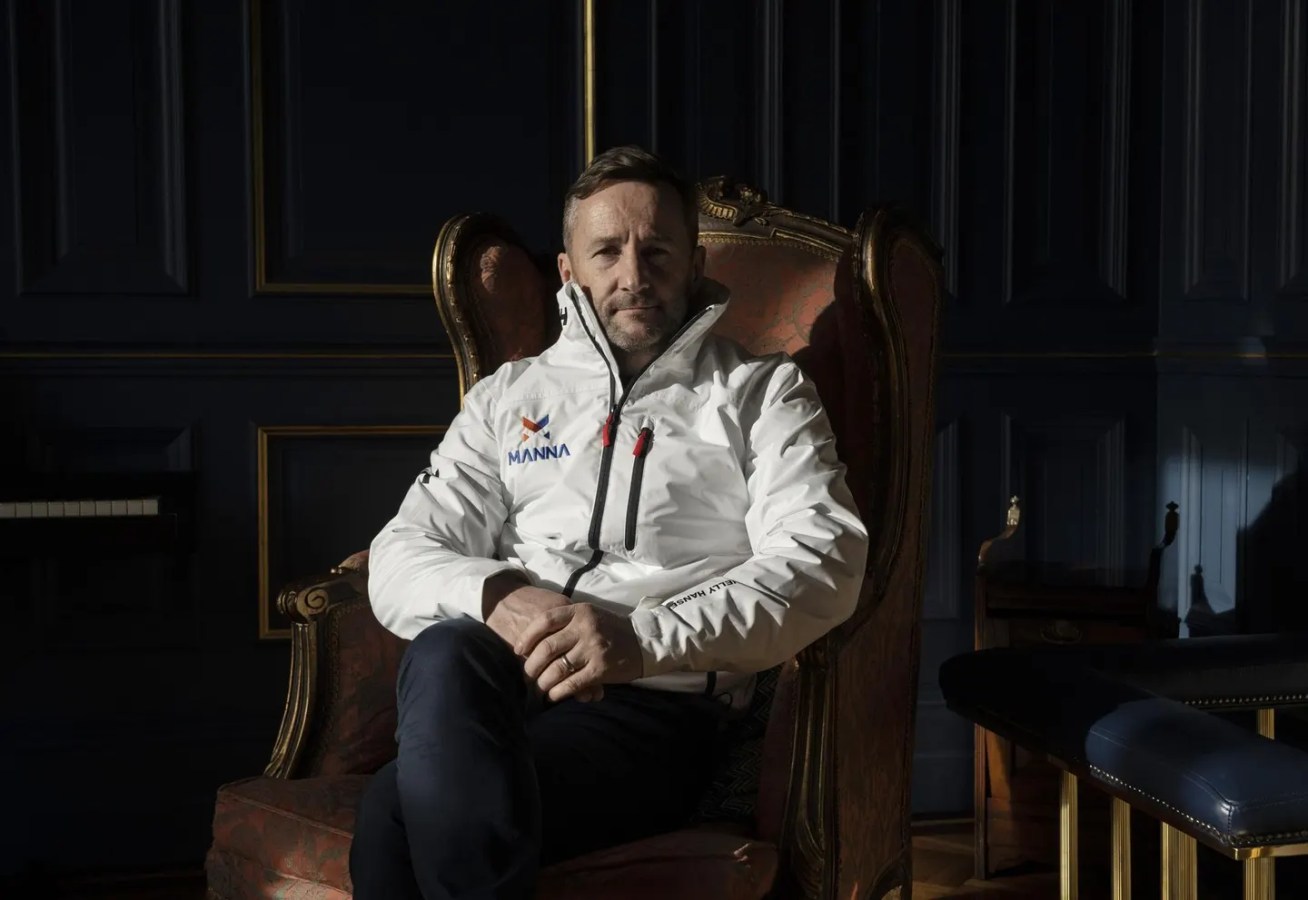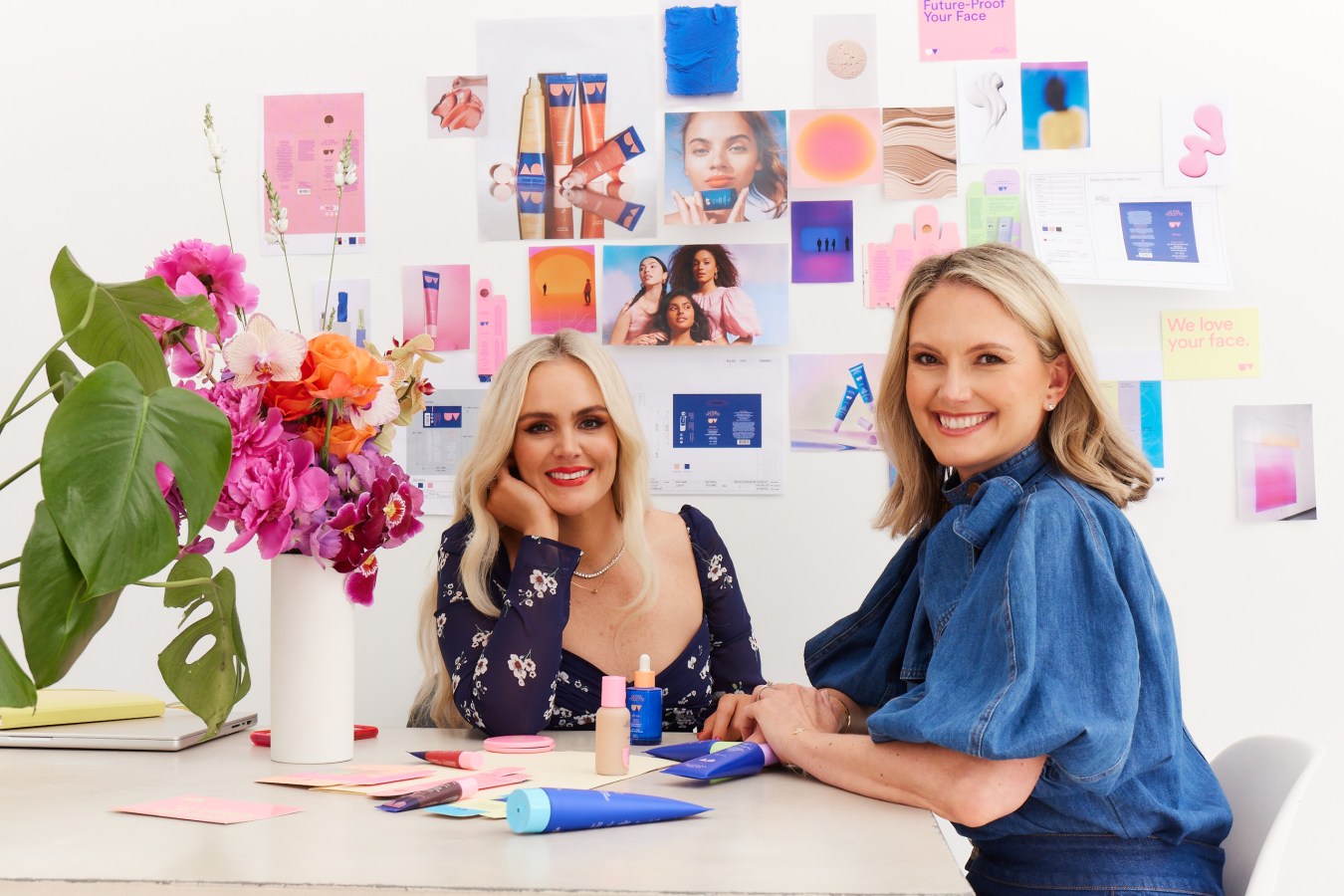Brand tracking start-up Tracksuit claims to have hit a million dollars of revenue from both the UK and the US as it spends the $20m raised at a valuation of $143m early this year.

Tracksuit and its Kiwi founders have come a long way since 2021 when they convinced 11 corporate customers to come on board for $10,000 each before a single line of code had been written.
Tracksuit claims to be making almost $14 million in annual recurring revenue from its main markets in Australia and New Zealand with another $2 million coming from its nascent US and UK forays.
The company was founded by New Zealanders Matt Herbert and Connor Archbold who met in the US as early team members of the software company Mish Guru – a storytelling suite for companies to get their brands onto Snapchat.
The “two SAAS nerds” reconnected back in the Land of the Long White Cloud during the first year of the COVID-19 pandemic where they started to wonder why the tracking of brand awareness was so expensive.
“We didn’t understand why it wasn’t available to anyone who couldn’t afford a 150k consulting package from one of the big market-research incumbents,” recalls Archbold. “We believed that brands would want it … and we believed it was a business model that could scale, but really it was just a hypothesis.”
To test that hypothesis, they drew up a list of 100 marketing companies in Australian and New Zealand to hit up with the idea. “The pitch to them was, ‘We think we can provide you a year of always-on brand tracking, collecting the same data – awareness, consideration, preference, brand sentiment. We believe we can do surveys every month and provide you with a dashboard of that information, and we think we can do it at a 20k price tag. If you want to be part of that first cohort, you can have it for 10k, so come on in and give us lots of feedback,’” says Archbold.
“Early-stage companies end up talking to more VCs than customers … And you end up building what the VCs want instead of what the customers want.”
Connor Archbold, Tracksuit co-founder
“By the 68th conversation, 11 had committed to being part of our first cohort, and we built it in a month. So we only really believed that we were the people that could solve this problem once these 11 people had said, ‘Hey we think you’re the ones that can solve it.’”
Tracksuit now tracks 7,000 brands with daily automated surveys, but back then they just had a hunch it could be done. “You could see a way to build it. It’s really hard to build, and that’s been our mission over the last three and a half – to continually refine that survey product. But we saw a path to do it, and that’s kind of what allowed us to have the confidence to go into those conversations.
“And, honestly, if we were unable to build it, we would have satisfied those contracts, and probably would have made a little bit of a loss over that year … But three months in, we built our second version of the product, and we figured out that the margin was actually there, and we launched our second cohort.
“Six months in, we launched the third cohort, and we just kept iterating, launching a new version every three months. And we hit a million ARR [annual recurring revenue] in nine months with just me and Matt – our first two employees joining at the end of that month.

They bootstrapped for 20 months. “You can’t really do anything stupid if you’re bootstrapping. You have to build exactly what customers want,” says Archbold.
“There’s this thing they have called ‘VC validation’, which is that often early-stage companies end up talking to more VCs than customers. So you’re talking to 10 customers, but you’re talking to 100 VCs. And you end up building what the VCs want instead of what the customers want.
“So we were like, ‘We’re not going to do that. We’re just going to focus on customers. We’re going to fund this thing from customer revenue.
“Once we turned on the flywheels in New Zealand and Australia and there was a repeatable revenue model, then we raised.”
Tracksuit pulled in $6.8 million – $3.6 million of which came from Australian venture firm Blackbird – in February 2023 to test the market in New York and London. That went well. “Our proof of product-market fit is, ‘Can you get a million [NZD] ARR through word of mouth in 12 months?’ That happened in both the US and UK, so we were confident in raising more money and leaning into those regions.”

They announced the closure of a $20.5 million Series A, co-led by Silicon Valley-based firms Altos Ventures and Footwork, in February 2024.
“We’ve doubled revenue since that round so we’re on target,” says Archbold. “We’ve barely scratched the surface in the UK and US so we’re going to lean into that.” He expects to have hit $20 million in recurring revenue by the end of this year.
The company has 113 employees and has recently started recruiting engineers to join its team of 28 in Sydney, says Archbold. It is not in profit, but Archbold says they’re just a few accounts-receivable payments short of it. “We haven’t spent that much of our last round. We’ve got a long runway in front of us.”
The Tracksuit team is also collaborating with the large social media platforms on research. “It’s crazy for a 3.5-year-old company to be collaborating with folks like TikTok.”
Why would a social-media giant like TikTok bother with little guys like Tracksuit?
“People advertise on TikTok. They buy ads. It’s a media company, and when they’re buying ads on TikTok, TikTok wants to prove that those ads are building brand awareness, and they also want to prove that they’re getting clicks and creating sales. They’re very good at proving the clicks and sales part, and every media company is very good at that, but they’re not very good at proving the awareness-building and the brand-sentiment-building part.
“We have the data to show that the brands that are advertising on TikTok are building awareness and consideration in the brand, while also getting clicks and revenue.
“One of the stats that I remember is that a brand that has 40% awareness, their ads on TikTok perform 43% better than a brand that has 30% awareness. Essentially, if your awareness is higher, your ads perform much better.
“And we’ve been working with a bunch of Amazon data, Google data, to publish that and prove how effective it is to build awareness alongside doing great performance marketing. The wave Tracksuit is riding is that marketers are going back to full-funnel marketing, which means building brand awareness as well as getting people to buy.
“Our goal is to have Tracksuit data in every boardroom in the world and to be the common language that everyone uses to talk about a brand, and the value of brand.”


